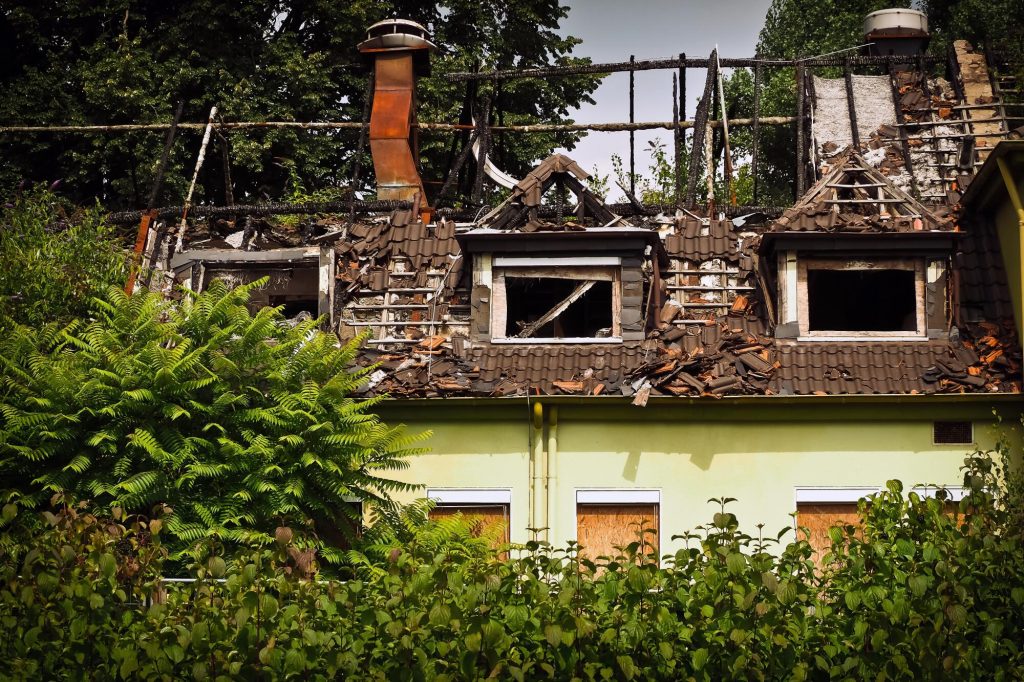Severe weather events like hurricanes, floods, tornadoes, or winter storms can leave devastating damage in their wake. Once the immediate danger passes, homeowners are often left overwhelmed, facing both emotional and physical recovery. Knowing how to safely and efficiently restore your home can make all the difference in protecting your property, health, and finances.
Here are some essential tips to guide you through the home restoration process after severe weather. Read on.
Prioritize Safety First
Before re-entering your home, make sure local authorities have declared the area safe. Watch out for hazards such as:
- downed power lines
- gas leaks
- structural damage
If your home is flooded, turn off the electricity at the main breaker-do not touch electrical systems while standing in water. Wear protective gear such as gloves, boots, and masks when entering damaged areas.
Document All Damage
Take clear, comprehensive photos and videos of all damage before making any repairs or removing items. Documentation is crucial for insurance claims. Capture every angle of damaged:
- structures
- furniture
- appliances
- personal belongings
Save any receipts related to temporary repairs or emergency expenses.
Contact Your Insurance Provider Immediately
Notify your homeowner’s insurance company as soon as possible to start the claims process. Provide them with the documentation you’ve gathered and follow their instructions closely. Keep a written record of all communication, including dates, times, and names of representatives you speak with.
Prevent Further Damage
Once it’s safe, take steps to prevent additional damage. This may include boarding up windows, tarping roofs, or pumping out water.
Most insurance policies require homeowners to mitigate further losses. Keep receipts for any temporary fixes-they may be reimbursed.
Hire Qualified Professionals
While it may be tempting to start repairs right away, some damage requires trained experts. Water damage, for instance, can lead to mold if not properly treated. Consider hiring licensed contractors, electricians, plumbers, or restoration specialists who are experienced in post-disaster recovery.
Check their credentials and reviews, and avoid “storm chasers” who may offer fast, low-cost repairs but lack credibility. This is even true when hiring local storm damage cleanup services.
Remove Water and Dry Out the Area
If your home has experienced flooding, removing water and drying the structure is urgent. Use pumps, wet vacs, and dehumidifiers to reduce moisture levels.
Mold can begin to grow within 24-48 hours, so act quickly. Dispose of water-damaged items that cannot be sanitized, such as mattresses, carpets, and drywall.
Take Care of Your Emotional Well-Being
The stress of dealing with a natural disaster can be immense. Reach out to community resources, friends, or counseling services if needed. Stay connected with your neighbors and support each other-recovery is often easier with shared experiences and help.
Start Rebuilding Your Home After a Storm
Restoring your home after severe weather can be a long and challenging journey, but taking a calm, methodical approach will help you regain control and move forward. Safety, documentation, professional help, and emotional support are key pillars of effective recovery. With the right steps, your home-and life-can return to normal once again.
If you want to read more articles, visit our blog.







